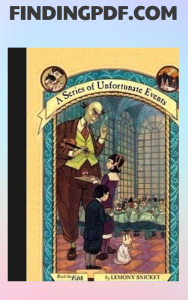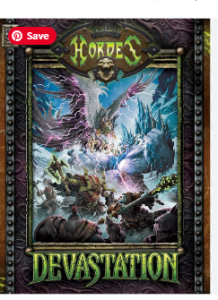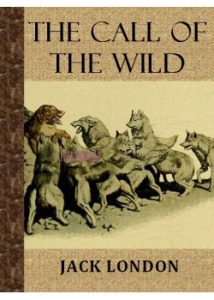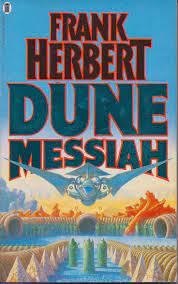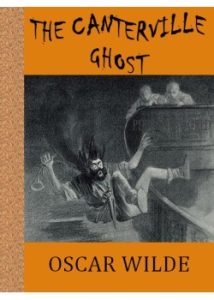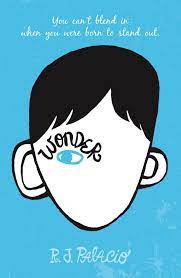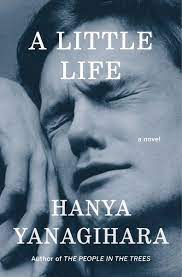
Books Title: “Aesop’s Fables” PDF Free Download
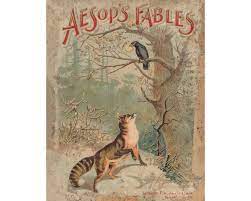
Aesop’s Fables is an interesting book that is authored by a Greek poet from sixth century BC named as Aesop. The book is rely on animal’s stories that gives a meaningful, ethical and moral lesions related to our daily lives. This book was originally published in 1484 by William Caxton. By genre it belongs to the category of Fiction book. It has total 284 pages.
Books Author: “Aesop”
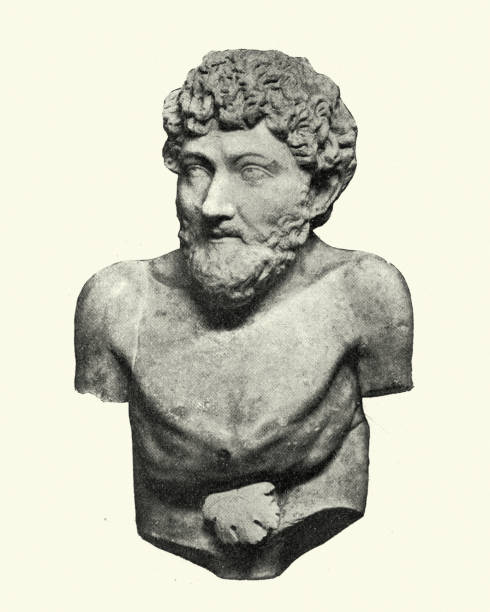
“Aesop” was Greek writer. He was born in 620 BEC. His most famous books are “The Aesop for Children” , “Aesop Fable’s” and “The Classic Treasury of Aesop’s Fables”. He is popular for publishing more than 600 fables.
Introduction to
“Aesop’s Fables” is written by “Aesop” is collection of short stories about the atmospheric animals that gives us a lot of moral lesions. The author introduce a variety of short stories that are easy to understand and approach. “Aesop” placed all aspects of this story in an accurate manner that can attract a huge numbers of readers worldwide. The core ideas and lessons can up-held the interest level knowledge of resders.
Summary
The story of the book “Aesop’s Fables” is circle around the behaviors and actions of various animals and moral lesions from them. For instance, the Fox could symbolize intellect, the Rabbit is symbolize quickness and Donkey is for folly. The author “Aesop” used these creatures to demonstrate how a particular features result in various situations.
One of the Aesop’s famous story named as “The Ass, The Fox and The Lion”, the fox makes fool donkey that he will protect him forever, actually the fox made a hidden plan and she wants that the donkey will killed by lion. Then finally the loin eat both of them. This story gives us a lesion that the way when you are hurting some one and that can leads to additional hurting you one day.
“Aesop” tells another important story named as “The Fox and the Grapes”. Once a Fox who desires to eat grapes but the grapes are in a height. She tried for many times and finally she give up and then she states that “those grapes must be sour anyways”. This story gives us a lesion that if any one failed to achieve his targeted goals then he said that he never desire to achieve it.
One of the story of this book is about some Greek Gods named as Zeus, Poseidon and Athena. They decided to organize a competition to observe who make the perfect things. Then they choose Manus as Judge because he is too good in finding mistakes. So Zeus makes a man, Athena builds a house and Poseidon makes a bull.
Finally Manus did not select any of them and he argued that the man should have a window on his chest for showing his feelings, the house should have to wheels because it can move and the bull have seen during fight. Zeus got anger and he kick out Manus from Mount Olympus and stated that the people who are just criticizing on things can’t make any thing themselves.
Writing Style
Aesop’s way of writing in his book “Aesop’s Fables” is engaging and easy to approach. He uses a variety of catchy resources and methods to convey his lesions and ideas in an accurate manner that the readers can easily understand and read without any sort of destortion . He avoids to use difficult vocabularies along with irrelevant jargons throughout the whole story.
Aesop explains all aspects of this book in a simple but detailed manner for the sake of balancing the pace and tone of this story. He elaborates life related and in-depth themes in a broad manner that can inspire a huge number of readers with the rest of entire world. Along with he placed plot, storylines and opening and closing points in a professional way.
Major Receptions
“Aesop’s Fables” have been meet with various positive receptions since its publication. The educators and parents used these fables in order to teach morality and virtue to their children’s. This book has been praised for its in-depth themes, well-organized characters and engaging writing style. It has been sold millions of copies since its publication and it also has been translated in to 200 different languages worldwide.
Criticisms
“Aesop’s Fables” got many of nagative reviews from its readers since its publicatio. Some of reader’s are stated that the book “Aesop’s Fables” is too much simple. The complex and complicated human nature is not elaborated by the author with the rest of this story. Some of audiences argued that the moral lesions are explained in a broad way. While some of readers are seems to concerned that the author has only explain the Greek culture that is totally different from our norms and customs.
Conclusion
“Aesop’s Fables” is written by “Aesop” is an interesting fiction book that is circle around various animals stories and gives a life related moral and ethical lessons. The author had drawn a complete picture of ancient Greek era along with he placed plots, characters, themes, moral and ethical lesions, storylines and opening and closing points in a satisfactory manner.
The book “Aesop’s Fables” help us to thinks about our decisions, choices and behaviors. This book had explained various fruitful teaching methods which is fruitful for all kinds of readers. This book is suitable for mature and adult readers. So I recommended this interesting book for all of them who love to read Fiction books.
FAQs
Q: What is Aesop’s most famous fable?
“The Boy Who Cried Wolf” is a famous fable.
Q: What are the Aesop’s fables?
A group of stories thought to have been written by Aesop, a Greek storyteller and each animal story demonstrate a moral lesson.
Q: What is Aesop famous for?
Aesop is very popular for his 600 fables.
Q: How many stories are there in Aesop’s fables?
There are 725 stories in Aesop’s fables.
Q: Who is the father of fables?
Aesop was the father of fables.
Q: Why is it called Aesop’s fables?
Because Aesop is the originator of fables.
Q: Is a fable a story?
Yes, fable is a short story.
Q: What is the oldest fable?
Panchatantra is the oldest fable.
Q: What did Aesop teach?
Aesop teach maturity and self-protection.
 Similar eBooks
Similar eBooks




